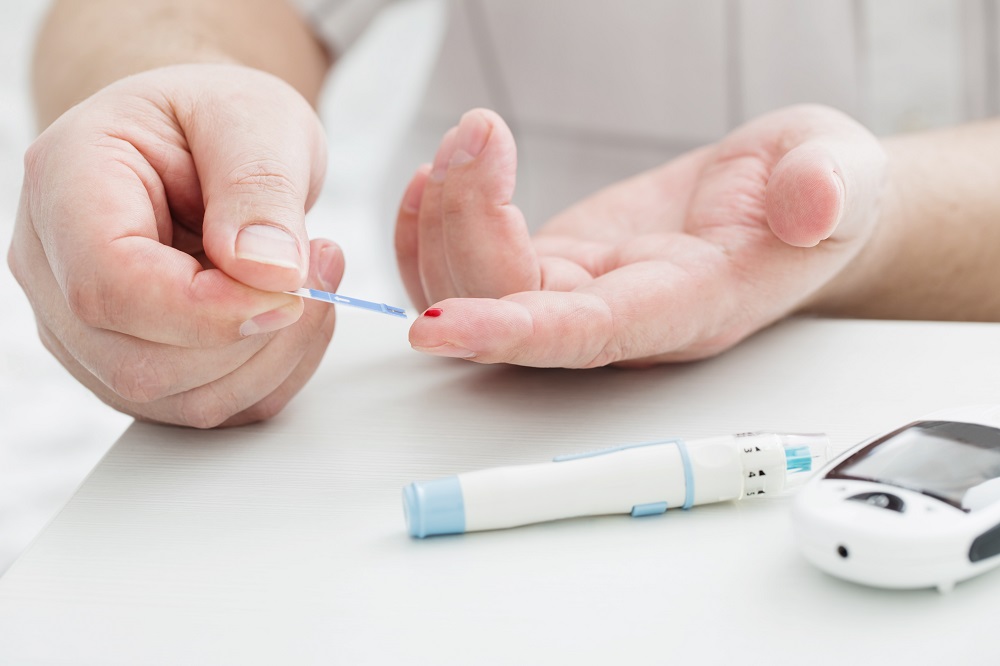Diabetes is a lifelong condition which has a considerable effect on the ability of your body to use the energy from your dietary intake. It is one of the most prevalent lifestyle conditions worldwide. Few people, however, know the facts surrounding the condition, and this makes the efficient control of this condition a challenge.
There are two primary categories of diabetes, including diabetes mellitus and insipidus. Diabetes insipidus is characterized by salt and water imbalances owing to impairment in vasopressin hormone secretion.
Diabetes mellitus is the leading form of the condition seen at a diabetes management center in American Fork. There are different diabetes mellitus categories, but they all feature issues with your body’s use of insulin. Here are the classifications of diabetes mellitus.
Type 1 Diabetes
This is a chronic autoimmune condition which results when your body’s immune system attacks the beta cells which produce insulin in the pancreas. The attack leaves your pancreas with little to no ability to make insulin to regulate the sugar from the breakdown of your foods. The sugar hence accumulates in your body and causes considerable damage to your body organs and sometimes produces a diabetic coma. In most cases, patients with type 1 diabetes are put on exogenous insulin.
Type 2 Diabetes

This form of diabetes accounts for over 90% of all cases. Though typically only seen in adults in the past, type 2 diabetes is now common in obese children and teenagers. In this condition, your pancreas generally produces insulin, but the amount is insufficient for the regulation of your sugar intake. In other cases, your body cells are resistant to the effects of insulin. This leads to sugar buildup in your body organs and their eventual failure. Type 2 diabetes patients have various options for treatment. Exercise and diet management can work for some while others will need oral drugs. Those whose condition cannot be efficiently controlled with these measures are put on exogenous insulin.
Gestational Diabetes
This occurs in pregnant women who have no documented cases of diabetes before their pregnancy. Gestational diabetes is primarily linked to placenta hormones which might make the mother’s body cells resistant to the effect of insulin. Diet modification is the first line of management in this form of diabetes, but oral drugs can be prescribed if the condition worsens. In most mothers, gestational diabetes resolves after delivery while in a few it progresses to type 2 diabetes. If left untreated, gestational diabetes might cause breathing issues in the fetus or excessive birth weight.
LADA
Latent autoimmune diabetes in adults, commonly abbreviated LADA, is a rare form of diabetes mellitus which occurs in those above thirty years. It has a very slow progression, but as with type 2 diabetes, it is generally managed with oral drugs, diet, and exercise. Over time, however, LADA patients might need insulin.
Regardless of the form of diabetes a patient has, professional management is essential. Some patients try to self-manage their condition and often only hasten its progression and organ damage. It is always best to find a health care provider who could provide advice on the best management practices for the condition.




